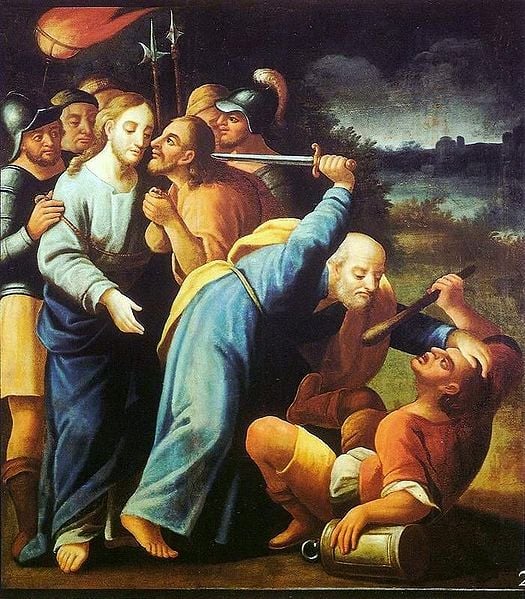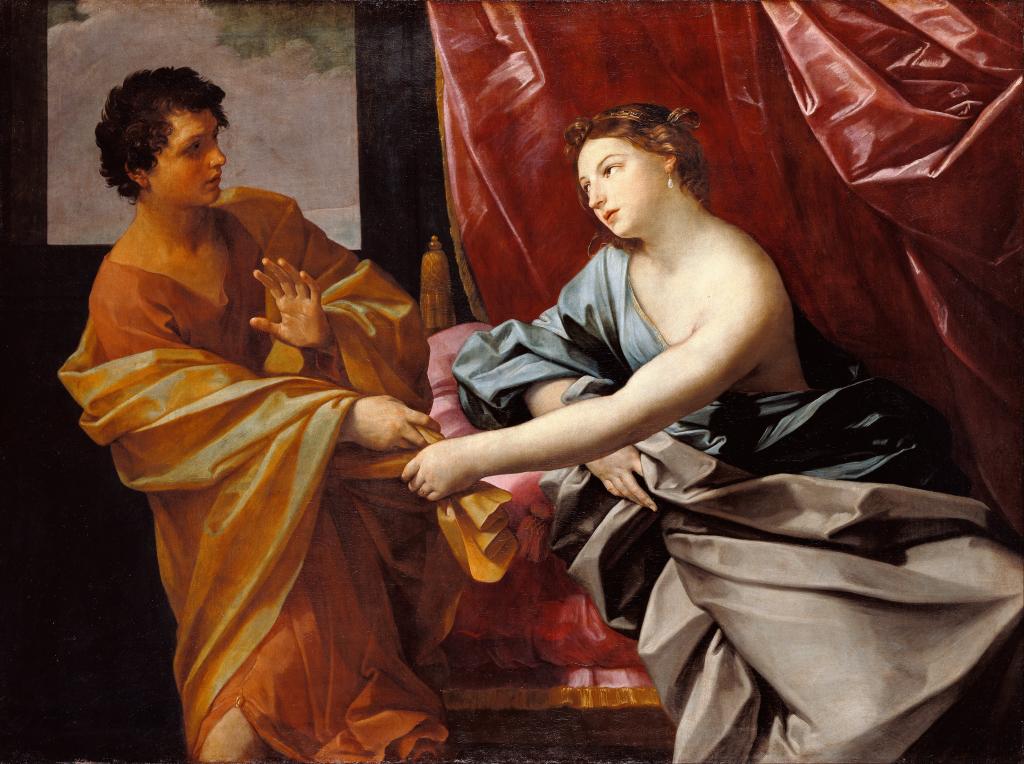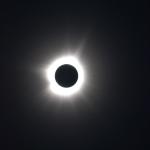In my classes, I argue that Christian worldviews, especially Protestant worldviews, have helped to shape how we in this culture experience time. The way we understand time, in turn, determines how we move through space, how we structure our daily lives, even how we develop systems of personal and cultural ethics. Usually I focus on how postmillennialism lies deep in the foundations of American culture: how the idea that we can and should work towards an ultimate perfection has become a generic time structure which we use to give sense and meaning to many aspects of our lives, from foreign policy decisions to our interest in exercise programs and organic food. When talking about the present, I tend to compartmentalize more apocalyptic, premillennial Protestant understandings of time within particular religious groups. For instance, we talk about evangelicals supporting a pro-Israeli policy because of their adherence to an apocalyptic end time scenario that involves the gathering of Israel or we explore Mormons storing up a year’s worth of supplies in the case of emergency situations. I emphasize that this older premillennial understanding of time—the belief that there’s nothing we can do to bring about the end of times and that it will be sudden and destructive— remains but mostly in distinct expressions and communities of religion.
My narrative rests on the idea that the liberal mainline Protestants won the day in the late nineteenth century when the economic and cultural elite sided with the liberal modernists in the modernist/fundamentalist debate. These elites shaped the public discourse with their optimistic, postmillennial worldview while fundamentalists created a subculture steeped in the apocalyptic, premillennial view of the world, a subculture that emerged in the mid-twentieth century with the increasing power and presence of today’s Protestant evangelicals. This narrative trajectory is straightforward: Postmillennialism went mainstream, premillennialism went underground. I’ve been increasingly dissatisfied with my attempts to complicate this narrative. It’s too simple a story, given that scholars are now looking to models of continuity, rather than discontinuity between nineteenth-century evangelical Protestantism and present-day evangelicalism. Fundamentalists and evangelicals didn’t just disappear to the underground in the late nineteenth century and they didn’t “lose” the modernist/fundamentalist debate. They stuck around and also shaped how Americans understand time.
Lately, I’ve come across examples in the public discourse and private experiences of Americans that demonstrate how Americans easily and simultaneously hold these postmillennial and apocalyptic views of time. Most dramatically (and sadly), I read a front-page article in the New York Times shortly after the Newtown shootings and a day before December 21st, a date widely hailed as the end of the world according to interpretations of the Mayan calendar. The article reported how, after Newtown, school districts around the country had numerous scares of shootings, but that these increased as the 21st neared because of the date’s association with apocalyptic, destructive end. Parents and students were afraid that those who believed in this apocalyptic end would seek to hasten it along (in strikingly postmillennial fashion) with the kind of wholesale massacre that occurred in Connecticut. They were aware of the omnipresent apocalyptic worldview within which many fellow Americans lived—or they themselves were so imbued with it that they expressed their fears apocalyptically. In search of alternatives to Christian understandings of time, New Agers may have hit upon the cyclical Mayan calendar. But plenty of other Americans liked this New Age find and, probably unintentionally, understood the Mayan end time through the closest thing in their Christian American views of time: premillennial, apocalyptic assumptions. And so, a deranged individual’s violence and a significant date tripped awareness of this apocalyptic time structure among a critical mass of Americans.
I’ve also come across this premillennial structure in more hidden, though still somber garb during my research on death practices in the U.S. From Mormons to Catholics to Protestants, up until at least the end of the nineteenth century, women went about carefully cleaning, dressing, and laying out the dead so that they would be ready for the day of final resurrection, that moment in the Christian end times when the graves would open and the righteous departed would take on flesh and rise in their shrouds to their final reward. With the creation of the funeral industry in the late nineteenth century, funeral directors translated these concerns into discourse about caring for departed loved ones in a kind of postmortem keeping-up-with-the-Joneses. Pay for the latest, most effective preserving techniques, get the most waterproof coffin, buy the most extravagant grave-marker, they urged. TLC’s show, “Best Funeral Ever” is an example of this kind of consumerism surrounding death practices. Still, I’d argue that the seed idea of the final resurrection lurked and lurks behind these commercial endeavors and in sentimental language about eternal heavenly reunions with loved ones. Physical, bodily practices—making the body presentable as possible—is the last expression of love for departed ones, but it also expresses the hope of eternal, bodily resurrection. It mimes and ritualizes that hope. Premillennial and postmillennial assumptions about human agency and helplessness intermingle harmoniously.
And so I’ll return to the classroom this semester with concrete examples of how so many of us Americans exist unselfconsciously within Christian assumptions about time. But these conceptions of time are complicated and even contradictory. We see a final perfection predicated on our own effort, but also an end that may be sudden and violent. We hold these ideas simultaneously and they contribute to how we vote and support charities, our fears for our children, and even the way we care for our dead. Perhaps these cultural time structures are no longer steeped in overtly religious meaning for most. But they continue to shape how many see the world, shape how they see the ultimate goal and end of their lives. They give meaning, force, and poignance to even the most mundane thought or action.











